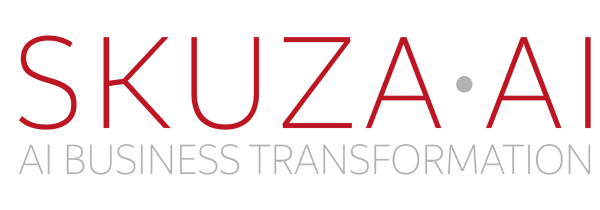The Chameleon Effect: Detecting and Preventing AI Hallucinations
AI hallucinations represent a particularly insidious challenge that goes far beyond simple computational errors. Unlike a straightforward miscalculation where 2+2=5, AI hallucinations operate like digital chameleons – blending seamlessly into legitimate content and often appearing entirely plausible.
Consider this common scenario: A logistics company asks an AI assistant to suggest optimization strategies for their supply chain. The response seems authoritative and well-reasoned, citing specific efficiency improvements of 32% and referencing industry standards. Yet some of these “facts” may be fabrications – chameleons designed to satisfy rather than inform.
These hallucinations occur because large language models are trained to generate coherent-sounding content rather than factually correct information. They will confidently produce answers even when operating outside their knowledge boundaries.
Practical Solution: Implement a robust verification framework for all AI-generated outputs. This includes:
- Cross-referencing critical information against trusted sources
- Using domain experts to review AI suggestions before implementation
- Implementing AI tools specifically designed to detect potential hallucinations
As I explore in my recent YouTube episode on “Context vs. Content,” understanding the broader context in which AI operates is essential for distinguishing valuable insights from convincing fabrications.
The Ecosystem Advantage: Moving Beyond the Single-Tool Fallacy
A prevalent misconception treats AI as a silver bullet – a single solution capable of addressing complex business challenges. The reality is quite different. Successful AI implementation operates more like an ecosystem where specialized tools collaborate to deliver exponential value.
A financial services client recently illustrated this perfectly. Their initial approach involved using ChatGPT to generate marketing content. While moderately successful, the real transformation occurred when they built an AI ecosystem:
- ChatGPT generated initial content concepts
- Specialized financial compliance AI tools screened for regulatory issues
- Industry-specific data analysis platforms provided real-time market insights
- Content optimization tools refined messaging for target audiences
The combined output was 4.3 times more effective than using any single tool, demonstrating the multiplicative effect of an ecosystem approach.
AI Tool Synergy Formula: Value = Tool A × Tool B × Tool C Not: Value = Tool A + Tool B + Tool C
This multiplicative effect represents the true power of strategic AI implementation – where deliberately interconnected systems amplify rather than simply add capabilities.
Domain Expertise: The Essential Catalyst for AI Performance
The third and perhaps most overlooked factor is the critical role of domain expertise in extracting maximum value from AI systems. An AI tool is only as good as the expertise guiding its application.
Consider two scenarios:
- A hotel receptionist with 15 years of experience uses AI to manage guest services. Their prompts are specific, contextual, and built on deep industry knowledge: “Generate personalized welcome messages for our platinum guests arriving tomorrow, highlighting the exclusive wine tasting event but not mentioning the pool closure.”
- A novice manager uses the same tool with generic prompts: “Create welcome messages for guests.”
The difference in outcomes is stark. The domain expert achieves precision and relevance, while the novice receives generic, less effective outputs.
This principle extends to enterprise applications. In healthcare, clinicians who understand both medical processes and AI capabilities can design implementation strategies that genuinely improve patient outcomes. Without this expertise, organizations risk developing technically impressive but practically ineffective solutions.
Specialized AI applications demonstrate this principle in action. For example, HEYGEN exemplifies domain-specific AI that transcends language barriers while maintaining realistic audiovisual synchronization – a sophisticated application only possible through the marriage of linguistic expertise and AI technology.
Implementing the Synergistic Framework
The path to effective AI implementation involves constructing a synergistic framework that combines:
- Critical evaluation mechanisms to detect and prevent hallucinations
- Ecosystem architecture that connects specialized AI tools
- Domain expertise integration at every stage of implementation
For executives skeptical about AI’s practical value, I recommend starting with a focused experiment in a well-understood area of your business. By applying these three principles even at a small scale, you’ll witness how AI can tangibly improve quality, efficiency, and innovation.
The organizations achieving the greatest ROI from AI aren’t necessarily those with the largest budgets or most advanced technologies. Rather, they’re the ones who understand that AI is a powerful ally requiring strategic implementation, not an infallible oracle to be blindly trusted.

